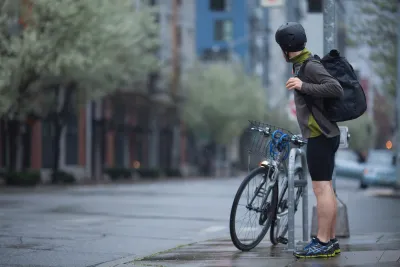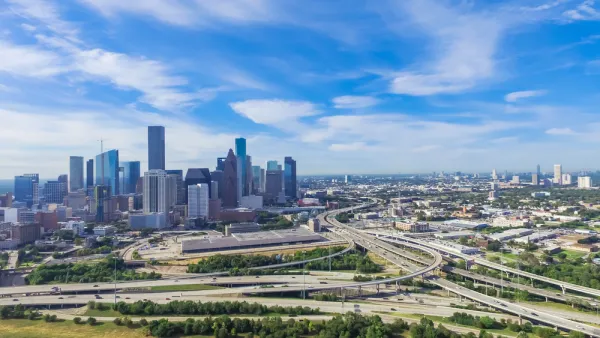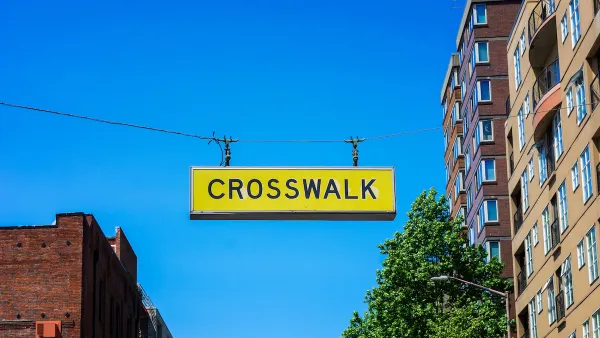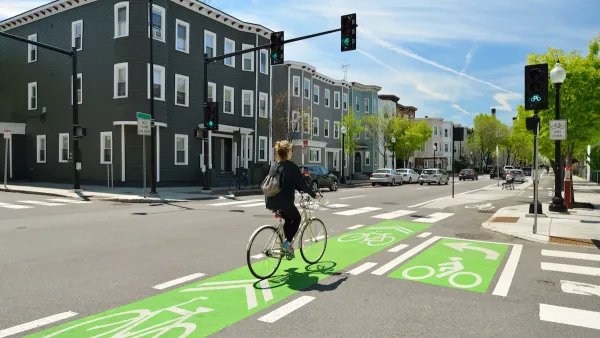A measure set to go before voters in November will fund road safety and mobility projects, but advocates say a much bigger investment is required to meet the city’s needs.

A coalition of Seattle mobility advocates are calling on the city to seek a transportation levy package worth $3 billion, a number much larger than is currently being considered.
As Doug Trumm explains in The Urbanist, “Move Seattle, the nine-year transportation levy approved in 2015 and set to expire at year’s end, was a $930 million package. However, with the City falling behind on key climate goals and actually going backward recently on its pledge to end traffic deaths by 2030, the coalition argues now is the time to accelerate investment rather than coast.”
The coalition claims that the city needs the $3 billion investment to redesign its most dangerous streets, add sidewalks to streets lacking them, build new dedicated transit lanes, add new bike lanes, and make pedestrian safety upgrades to intersections.
Trumm points out that “Tripling the size of the levy may be seen as a dramatic step, but it is one the Harrell administration just took when renewing the Seattle Housing Levy in 2023. Voters supported that decision to the tune of a landslide 69% victory.”
According to Trumm, “Mayor Bruce Harrell is expected to unveil his proposal for the levy package this spring, and it should go to the city council for approval by the summer so that it can appear on November ballots.”
FULL STORY: Mobility Advocates Push Seattle to Seek Bigger $3 Billion Levy

National Parks Layoffs Will Cause Communities to Lose Billions
Thousands of essential park workers were laid off this week, just before the busy spring break season.

Retro-silient?: America’s First “Eco-burb,” The Woodlands Turns 50
A master-planned community north of Houston offers lessons on green infrastructure and resilient design, but falls short of its founder’s lofty affordability and walkability goals.

Delivering for America Plan Will Downgrade Mail Service in at Least 49.5 Percent of Zip Codes
Republican and Democrat lawmakers criticize the plan for its disproportionate negative impact on rural communities.

Test News Post 1
This is a summary

Test News Headline 46
Test for the image on the front page.

Balancing Bombs and Butterflies: How the National Guard Protects a Rare Species
The National Guard at Fort Indiantown Gap uses GIS technology and land management strategies to balance military training with conservation efforts, ensuring the survival of the rare eastern regal fritillary butterfly.
Urban Design for Planners 1: Software Tools
This six-course series explores essential urban design concepts using open source software and equips planners with the tools they need to participate fully in the urban design process.
Planning for Universal Design
Learn the tools for implementing Universal Design in planning regulations.
EMC Planning Group, Inc.
Planetizen
Planetizen
Mpact (formerly Rail~Volution)
Great Falls Development Authority, Inc.
HUDs Office of Policy Development and Research
NYU Wagner Graduate School of Public Service





























